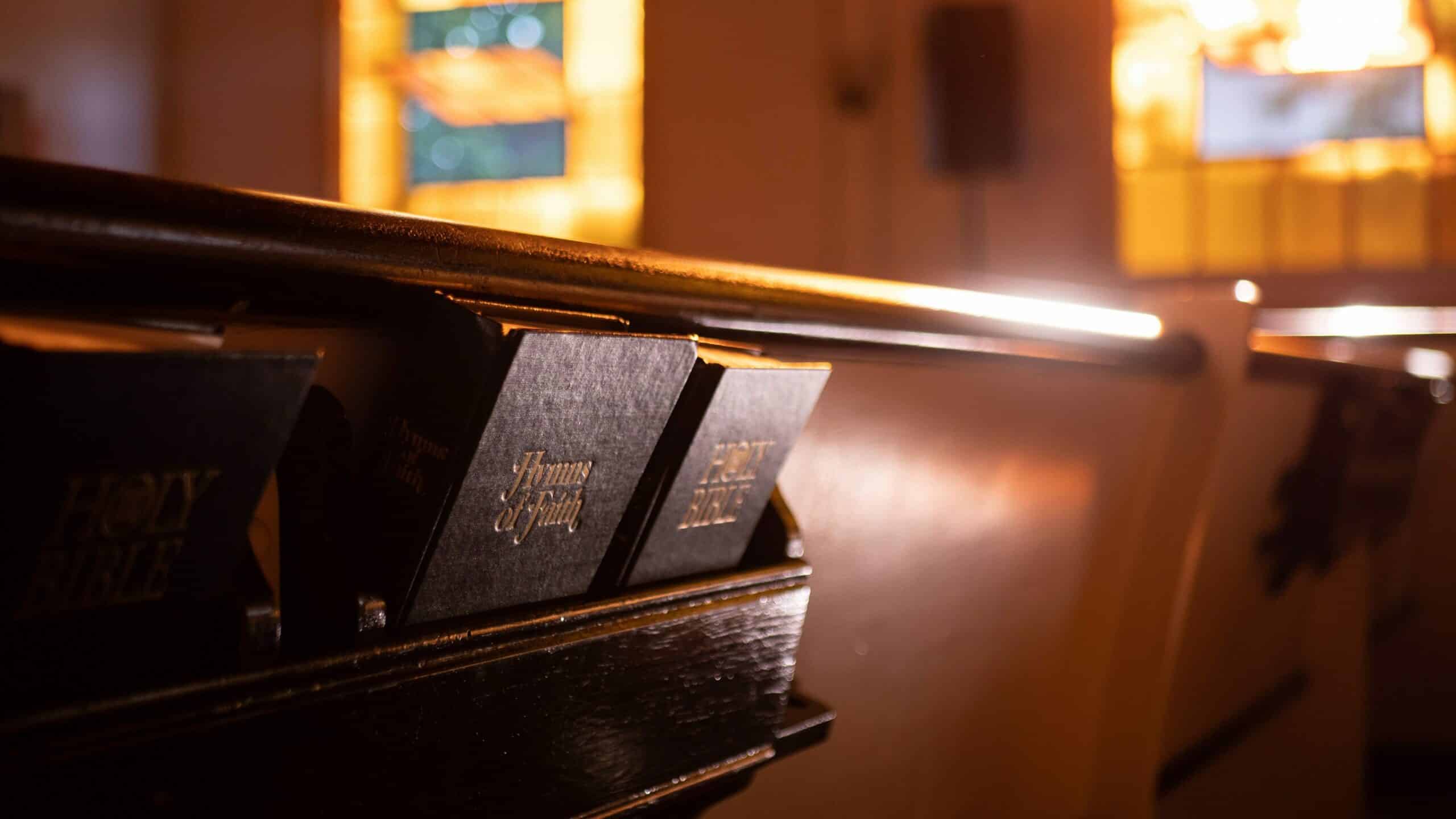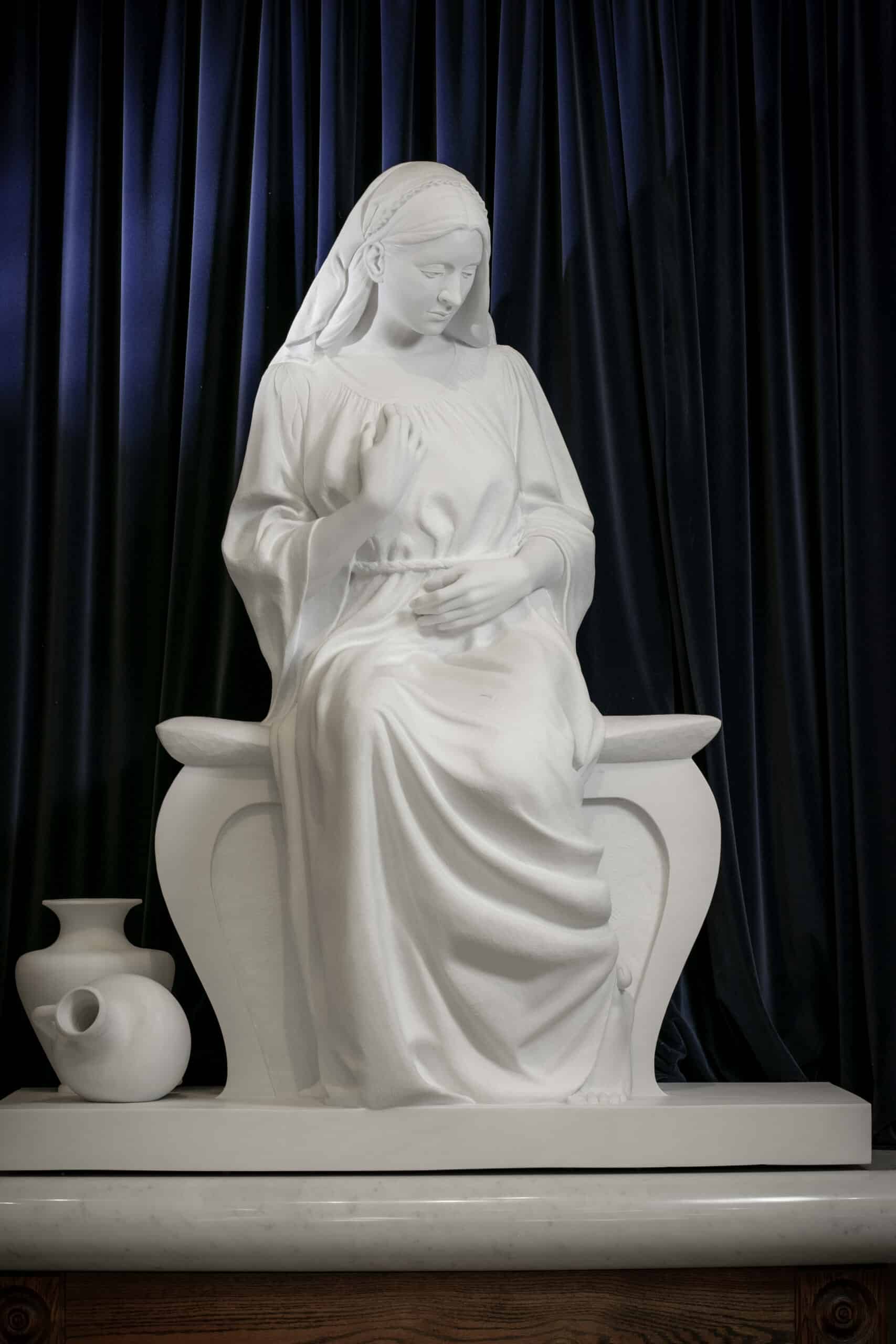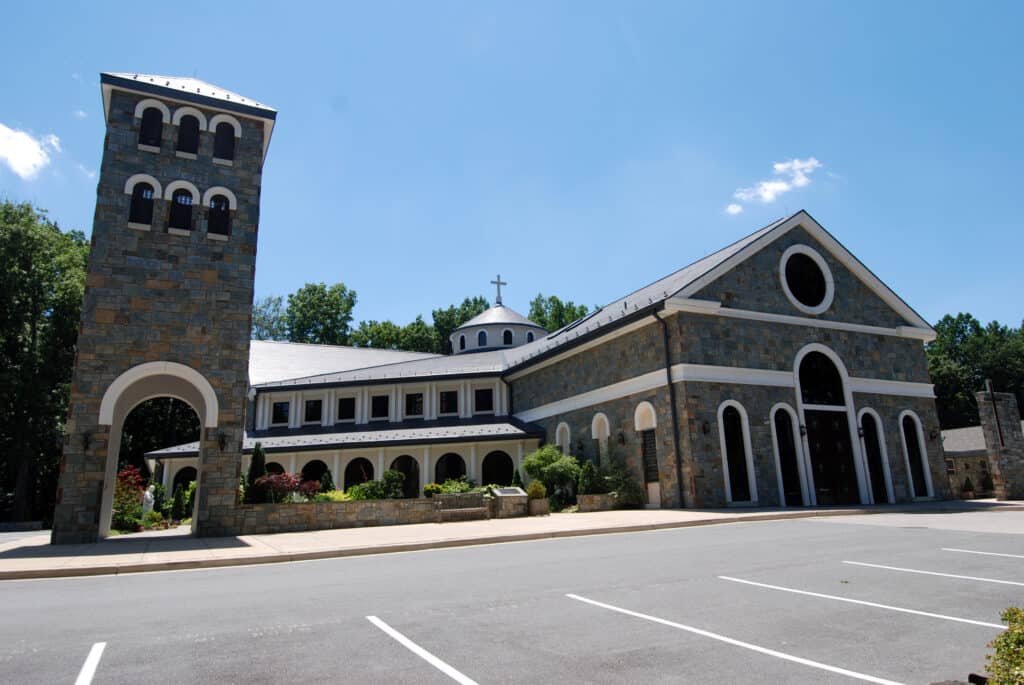The following is a reprint of an article that I wrote for Lutheran Forum Magazine, Winter 2007. It has appeared here in several parts. Read PartI, Part II, and Part III first. This is the final installment.
When I was a child, I thought that art was superfluous in the church: mere decoration, a distraction from worship. Besides, why spend tens of thousands on marble sculptures when the money could be given to the poor? I held this view until I grew into an adult and began to understand the power of images. More importantly, I realized that by supporting me in my vocation as a sculptor, Our Lady of Mercy Catholic Parish was doing much, much more than purchasing several sculptures to decorate the interior of their spacious new church.
I often have asked myself about what it means to worship the living God. When most of us think of “worship,” we envision pews full of church-goers, hymnals open, singing along to an organ. What then for those of us without voices, those of us who struggle to find the right pitch, to keep pace with the rhythm? Can we worship God with our hands deep in clay or chisel to stone? Is this sacrifice a pleasing aroma wafting into the heavens?

While Malcolm was busy carving the stone, I would visit his studio periodically. He gave me updates on his progress at the French bakery and café in town. While enjoying freshly baked pieces of quiche and coffee, he would tell me about people who have visited the studio. He told me about the FedEx driver who sat in the driveway outside of the studio, weeping as she beheld the sculpture. The following day she brought her mother to see it. Another woman carries with her a photograph of the sculpture with her where ever she goes, inspired by Mary’s act of faith. St. Francis said that “we ought to preach the Gospel at all times; if necessary, use words.” We usually understand this to mean that our actions should speak the Gospel, but is it also possible that images can preach the good news?
For the people who visit Our Lady of Mercy, the sculptures point us to the Divine. The Stations of the Cross illustrate the Passion. They don’t merely retell an historical event but attempt to uncover some of the deeper spiritual truths. The Virgin Mary is celebrated as the mother of God but also as a woman whose act of faith changed the world. Her husband, St. Joseph, stands as a reminder to fathers and husbands of the important role that God has for them.



